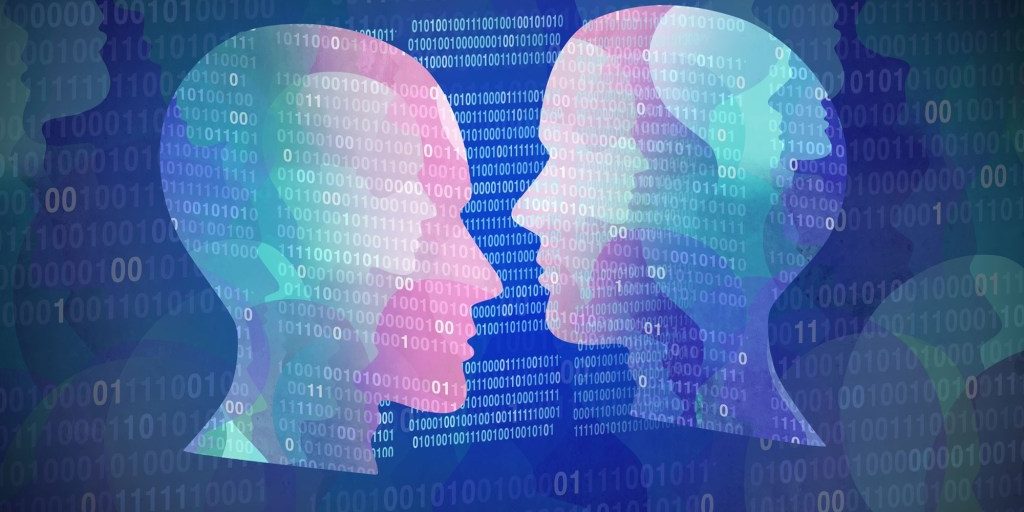ADELPHI, Md. – Army researchers developed a deepfake detection method that will allow for the creation of state-of-the-art Soldier technology to support mission-essential tasks such as adversarial threat detection and recognition.
This work specifically focuses on a lightweight, low training complexity and high-performance face biometrics technique that meets the size, weight and power requirements of devices Soldiers will need in combat.
Researchers at the U.S. Army Combat Capabilities Development Command, known as DEVCOM, Army Research Laboratory, in collaboration with Professor C.-C. Jay Kuo’s research group at the University of Southern California, set out to tackle the significant threat that deepfake poses to our society and national security. The result is an innovative technological solution called DefakeHop. The researchers worked under the laboratory director’s Research Award for External Collaborative Initiative and the Army AI Innovation Institute.
Their work is featured in the paper titled “DefakeHop: A light-weight high-performance deepfake detector,” which will be presented at the IEEE International Conference on Multimedia and Expo 2021 in July.
Deepfake refers to artificial intelligence-synthesized, hyper-realistic video content that falsely depicts individuals saying or doing something, said ARL researchers Dr. Suya You and Dr. Shuowen (Sean) Hu.
“Due to the progression of generative neural networks, AI-driven deepfake advances so rapidly that there is a scarcity of reliable techniques to detect and defend against deepfakes,” You said. “There is an urgent need for an alternative paradigm that can understand the mechanism behind the startling performance of deepfakes and develop effective defense solutions with solid theoretical support.”
Combining team member experience with machine learning, signal analysis and computer vision, the researchers developed an innovative theory and mathematical framework, the Successive Subspace Learning, or SSL, as an innovative neural network architecture. SSL is the key innovation of DefakeHop, researchers said.
“SSL is an entirely new mathematical framework for neural network architecture developed from signal transform theory,” Kuo said. “It is radically different from the traditional approach, offering a new signal representation and process that involves multiple transform matrices in cascade. It is very suitable for high-dimensional data that have short-, mid- and long-range covariance structures. SSL exploits such a property naturally in its design. It is a complete data-driven unsupervised framework, offers a brand new tool for image processing and understanding tasks such as face biometrics.”


